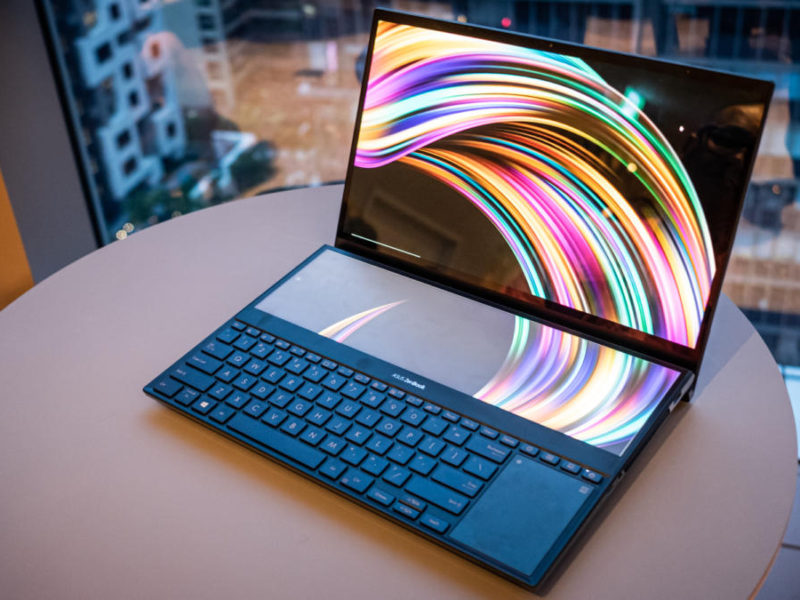Virtual and Augmented Reality (VR/AR) refers to the digital experience that replicates or enhances the real world environment using computer-generated images, sounds, and other sensory inputs. Although the technology has been around for a while, it has only recently started gaining massive popularity in different sectors, including entertainment, healthcare, education, and manufacturing.

The use of VR/AR has revolutionized the way people interact with digital content. With the aid of specialized devices like headsets and sensors, users can immerse themselves in a completely different environment and interact with objects and characters as if they were real. This technology can also enhance traditional experiences such as watching movies, playing games, or attending events by adding an extra layer of immersion and interactivity.
One of the most promising applications of VR/AR is in the field of education. By using virtual simulations and 3D models, students can explore complex concepts and topics in a much more engaging and interactive manner, making learning more effective and enjoyable. Medical students studying surgical procedures can use AR to visualize the steps of an operation in a more practical way. This has the potential to revolutionize the way medical professionals are trained and ultimately improve patient outcomes.
In the entertainment industry, VR/AR technology is enabling users to experience interactive and immersive content like never before. For example, VR gaming has become increasingly popular as it allows players to be fully immersed in the game world and have full control over their actions. Similarly, AR-powered concerts and events can provide attendees with unique and personalized experiences by overlaying interactive elements on top of the real-world environment.

Moreover, VR/AR has the potential to revolutionize the manufacturing processes by creating virtual replicas of objects and prototypes. Engineers can use these replicas to test and refine their designs, which will ultimately save time, cut costs, and improve product quality. Additionally, the technology can be used to create virtual product demonstrations, giving potential customers the opportunity to experience the product before making a purchase.
VR/AR technology is transforming the digital landscape in ways that are innovative, exciting, and entirely new. Its potential applications in healthcare, education, entertainment, and manufacturing are immense and highlight the importance of continued innovation and development in this field. As the technology continues to evolve, there is no doubt that it will play an essential role in shaping the way humans interact with the world around them.




